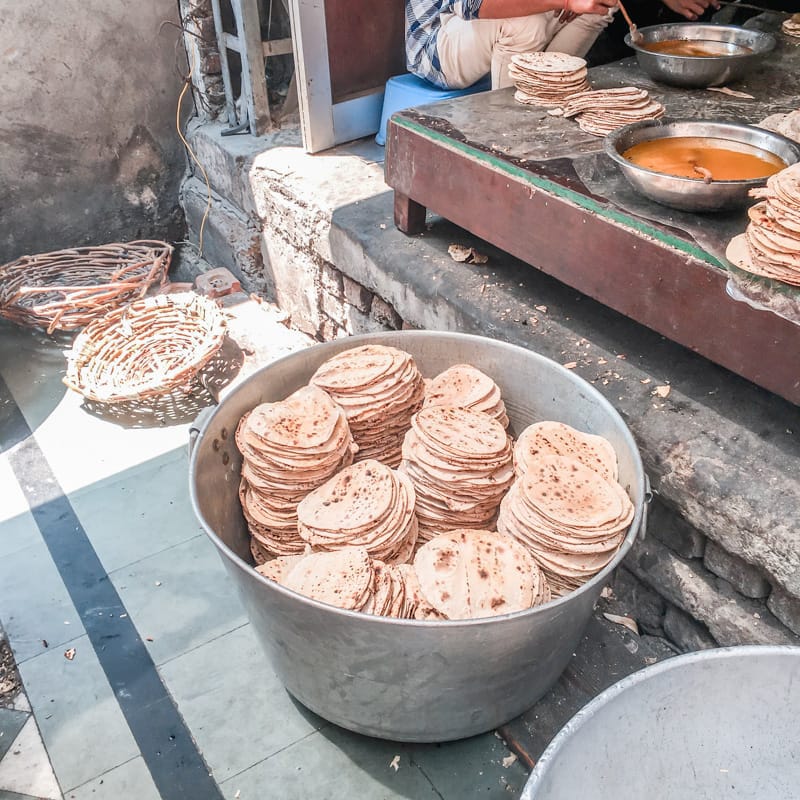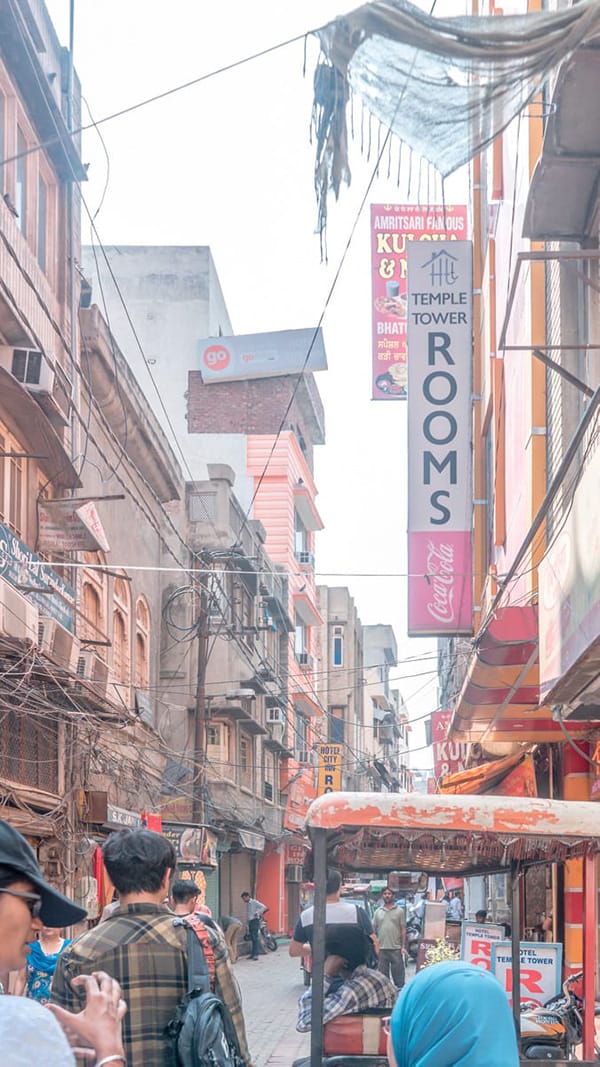
I‘ve always been intrigued and curious about India, so when an amazing opportunity was granted to me where I was lucky enough to finally visit. The holy city of Punjab, Amritsar was a city I would not have imagined I would get to visit. It is a must see place to visit and the humble home to the Golden Temple, also known as Sri Harmandir Sahib (‘The Adobe of God’) or Darbar Sahib. It is one of the largest cities in the Punjab state in India and very different from other major cities in India such as Delhi and Mumbai. The city of Amritsar is great to explore where there are various temples and shrines dedicated to the Sikh culture.
1. The Golden Temple
Amritsar is one of the holiest sites in India, home to the Golden Temple dubbed the ‘Jewel of Punjab’, also known as Harmandir Sahib (Temple of God). The temple signifies equality and brotherhood. With more than 100,000 visitors, the temple welcomes everyone regardless of race or religion.
When you enter the Golden Temple, you will see its stunning golden structure which is built around a man-made pool filled with holy water (pool of nectar). Walk along the marble paths and marvel at the unique mix of architecture styles.
Interesting fact – The entire top of the Golden temple is made of pure gold.
2. Enjoy the Langur at the Golden Temple
At every gurdwara there is langar, a once-in-a-lifetime experience, langar is served at the Golden Temple from the huge community kitchen, run mostly by volunteers. Eat for free and experience the taste of langur. Sit with hundreds of others in a large dining hall and enjoy a vegetarian meal, consisting of daal, chapati and vegetables (all vegetation).
Volunteers helps with many tasks of washing dishes, chopping onions, making food and other for those who choose to help out.
3. Visit Jallianwala Bagh
Nearby the Golden Temple, visit Jallianwala Bagh a public garden covering 6.5 acres. A memorial of national importance, commemorating the massacre of the peaceful Sikh celebrators in 1919 by the British occupying forces – established in 1951 by the Government of India. The memorial is found within the garden, and parts of the wall still exist visible bullet marks of the very tragic incident. Scattered within the enclosure are hedges sculpted in the formed of armed soldiers.
Nearby the Golden Temple, visit Jallianwala Bagh a public garden covering 6.5 acre. A memorial of national importance, commemorating the massacre of the peaceful Sikh celebrators in 1919 by the British occupying forces – established in 1951 by the Government of India. Within the garden, the memorial is found and parts of the wall still exist, visible bullet marks of the very tragic incident. Scattered within the garden are hedges sculpted in the formed of armed soldiers.
4. Explore Amritsar through the Heritage Walk
Among the busy streets, explore deep inside the lanes of the city’s 4th-century old history of Amritsar. Filled with rich architectural and traditional heritage, where you get to see Katras, Akharas, Bungas, Havelis, and Hattis (traditional architecture and planning). Weave your way through the narrow and congested alleyways, where you’ll discover the uniquely styled architecture especially the intricately carved wooden facades within. Starting from the Downhill and ending at the Golden Temple.
5. Witness Wagah Border Ceremony
Visit the international border of India and Pakistan, drawn during the partition of Indian independence in 1947. A daily highlight, witness the Beating Retreat ceremony and the Change of Guards. Watch the lowering of the flags and closing of the gates as the sunsets on both sides of the border, by Indian and Pakistani soldiers. The ceremony lasts approximately 45 minutes.
Tip: Get there early and find a place on the bleachers amongst the others in the crowd before the show begins, there is a separate section for foreigners/tourists. Bags are not allowed at the border, leave them at the hotel or car.

You can’t miss out on the amazing North India food in Amritsar packed with so many flavours.










